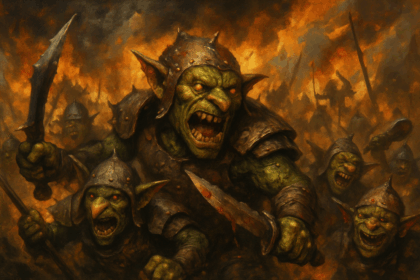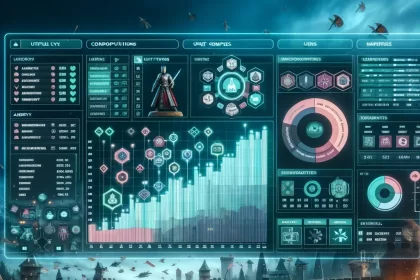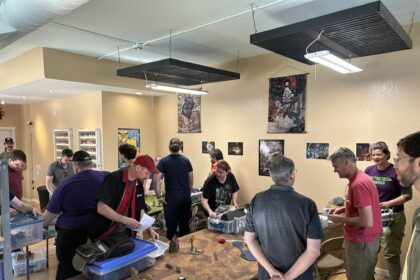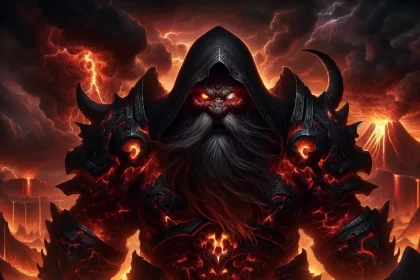If you’re like me, staying up-to-date on Kings of War meta trends is always interesting, especially seeing how faction popularity evolves over time. I recently embarked on an analysis project using tournament data to track faction usage, inspired by a recommendation on the Kings of War forums. For this project, I tapped into the rich dataset available at kowmasters.com, which has UK tournament data stretching back to 2015.
Data Source and Goals
The kowmasters.com site is a treasure trove for anyone interested in Kings of War tournament stats. It covers tournaments from 2015 onward and includes detailed information about player factions used in these events. My primary goal was to track faction popularity over time, accounting for the fluctuations in the number of events and players from month to month.
Methodology
To make sense of the data, I first loaded it into Python for analysis. The dataset included:
- Event date
- Player name
- Faction used
From there, I decided on two key steps for the analysis:
- Faction Popularity as a Percentage: I calculated the percentage of players using each faction for every period (monthly, then quarterly), which normalizes for the varying numbers of players and events across time.
- Rolling Average: To smooth out short-term spikes or drops, I applied a 3-quarter rolling average. This way, we could focus on broader trends without getting lost in noise from one-off events or outliers.
Visualization
Once the numbers were crunched, I wanted a visual way to see how faction popularity has shifted over the years. I turned to Flourish, a powerful visualization tool, to create an animated bar chart. This allows us to dynamically track how factions rise and fall in popularity over time.
For example, factions like Elves were very dominant in the early years but saw a decline in more recent times, while factions like Abyssal Dwarfs have maintained a steady presence.
The Impact of Faction Refreshes: Model Availability and Rules Revisions
Another way to examine faction popularity trends, as suggested on the Kings of War forums, is by considering how model availability and style influence what factions see play on the tabletop. With that in mind, I explored whether a faction’s popularity sees an uptick after a refresh, be it a rules update or a new model range.
Using data from UK tournaments, I tracked faction usage rates the year before, during, and after a refresh to observe any shifts in popularity. The table below shows the results:
| Faction | Usage Before Refresh | Average During and After Refresh | Refresh Year | % Change |
|---|---|---|---|---|
| Trident Realm of Neritica | 2.2 | 2.4 | 2024 | +9.1% |
| Northern Alliance | 4 | 6.4 | 2023 | +60.0% |
| Twilight Kin | 2.3 | 2.5 | 2023 | +8.7% |
| Varangur | 2.9 | 2.5 | 2023 | -13.8% |
| Empire of Dust | 3.6 | 3.2 | 2022 | -11.1% |
| Ogres | 6.8 | 7.1 | 2022 | +4.4% |
| Halflings | – | 2.9 | 2021 | – |
| Riftforged Orcs | – | 1.9 | 2021 | – |
| Salamanders | 2.3 | 2.9 | 2021 | +26.1% |
| Abyssal Dwarfs | 5.3 | 7.9 | 2020 | +49.1% |
| Goblins | 3.6 | 6.4 | 2020 | +77.8% |
| Nightstalkers | 4.1 | 7.4 | 2020 | +80.5% |
| Ratkin | 3.3 | 3.8 | 2020 | +15.2% |
This data indicates that faction refreshes often lead to a rise in popularity over the following year or two, supporting the idea that new rules and models reinvigorate factions. However, this trend isn’t guaranteed across all factions. The time needed for painting and army-building also means that there’s often a lag before we see these changes reflected in tournament play.
Conclusion
This approach offers a fascinating glimpse into the shifting landscape of Kings of War faction popularity. From tracking long-term trends in player choices to exploring the impact of faction refreshes, it’s clear that rule changes, new models, and evolving player preferences all play a significant role in shaping the meta. While some factions experience a notable boost after refreshes, others show more stable or even declining trends, emphasizing the complexity of these shifts. By continuing to analyze these trends, we can better understand how the Kings of War community evolves and adapts over time.
Also, if you’re a Kings of War fan, I highly recommend exploring the kowmasters.com dataset—it offers deep insights into competitive play trends.







